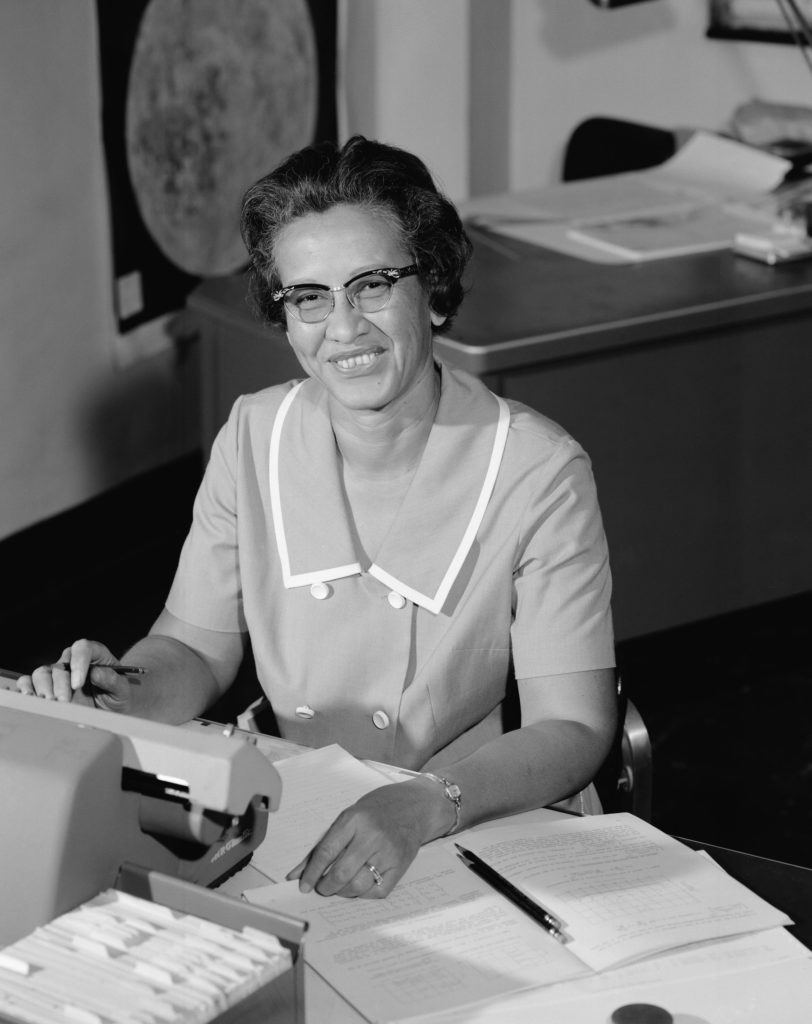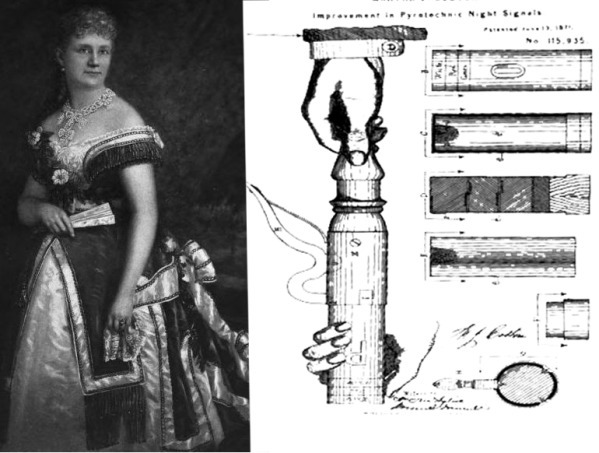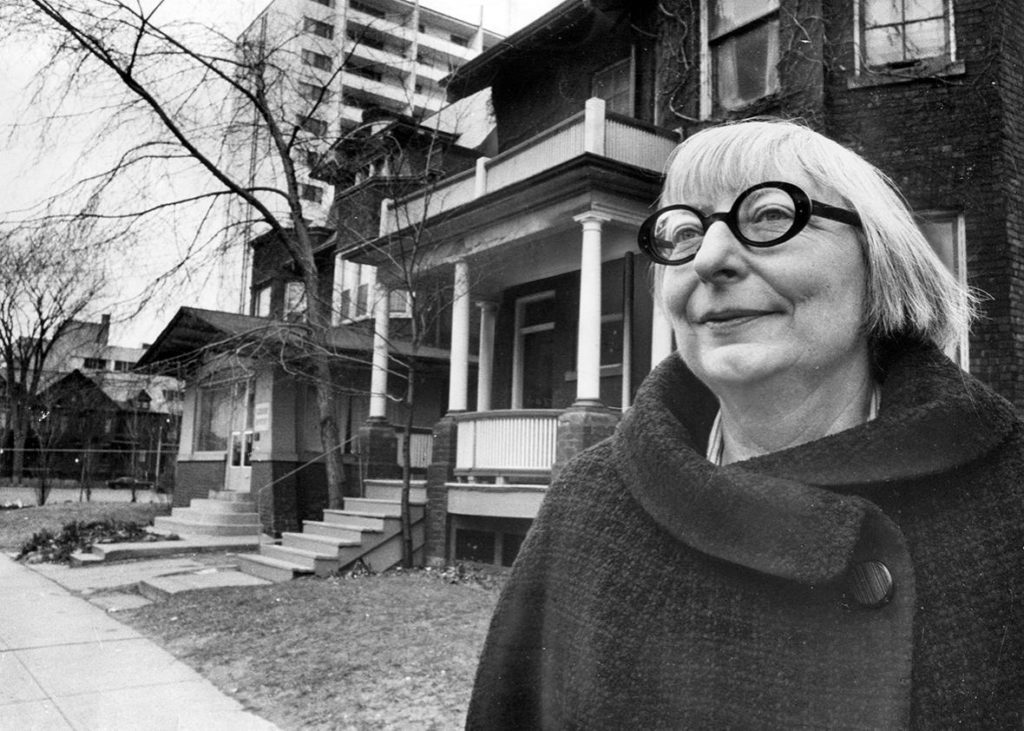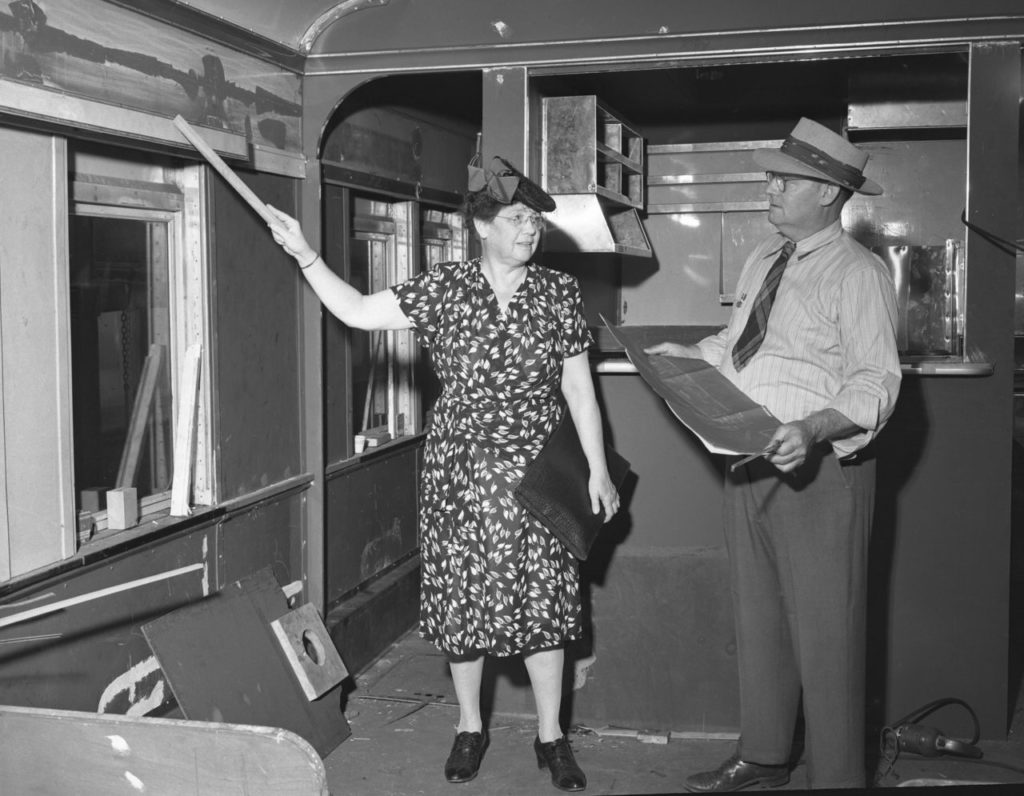This women’s history month, we’re celebrating 14 women who have made a difference in the fields of transportation, policy, planning, and related fields. Read about our first five women below:
And don’t forget to check out Part II and Part III!
Katherine Johnson, NASA mathematician

Katherine Johnson (1918 – 2020) was a mathematician who, over her thirty-five years with NASA, calculated flight paths for countless space missions – many of which she even calculated by hand. Johnson was at the forefront of space exploration, despite having to work to overcome extreme biases by her contemporaries, even being required to work in segregated facilities prior to NASA’s consolidation in 1958. In 1961, she calculated the flight path for the Freedom 7 mission, which launched the first astronaut into space. She was responsible for the calculations that made astronaut John Glenn the first to orbit the earth in the 1962 Friendship 7 mission and, most notably, calculated the successful launch of the rocket for the Apollo 11 mission, which sent the first astronauts to the moon. Johnson published over 26 papers in her lifetime and retired from NASA in 1986. She received the presidential medal of freedom in 2015.
https://www.britannica.com/biography/Katherine-Johnson-mathematician
Image: https://www.nytimes.com/2020/02/24/science/katherine-johnson-dead.html
Martha Coston, Maritime Safety Pioneer

Martha Coston (1826 – 1904) was a revolutionary whose work centered around maritime signaling. A widow at just 21, Coston found preliminary blueprints for a maritime flare among her husband’s belongings. Inspired to finish what he started, Coston worked tirelessly for the next decade to develop and perfect a signal flare system, consulting with chemists and even firework professionals to ensure their success. To be effective, Coston worked to create flares that were not only vivid and would endure for long periods, but that had a range of colors to more effectively and clearly communicate with other ships and those on shore. She settled on three colors, red, white and green, and received a patent for her flares in 1859. The patent was purchased by the U.S. Navy shortly thereafter and were integral to the Union’s maritime strategy during the Civil War. By the end of the 20th century, Coston’s flares were used at nearly all U.S. Life-Saving Service Stations to warn ships of hazardous conditions and to respond to shipwrecks.
https://lemelson.mit.edu/resources/martha-j-coston
Jane Jacobs, Urban Planner and Activist

Jane Jacobs (1916 – 2006) was an urban planner and activist who spent her career dedicated to equitable, community-centered planning in New York City and Toronto. In particular, Jacobs opposed top-down planning practices of “slum clearing” and neighborhood isolation as a result of “superblocks,” excessively large blocks comprised of high rises that kept neighborhoods static. In 1961, she authored The Death and Life of Great American Cities, which delved into the idea that planning should be based on community-needs assessments. Throughout her life, driven to protect local high-need communities, Jacobs took on a number of advocacy projects, including helping to block the development of the Cross-Bronx Expressway, which would have cut through New York’s Washington Square Park and West Village. In 1968, she moved from New York to Toronto, where she continued to urban activism, notably promoting greater planning autonomy for the City of Toronto. She lived there until her death in 2006.
https://www.newyorker.com/magazine/2016/09/26/jane-jacobs-street-smarts
https://www.pps.org/article/jjacobs-2
https://www.britannica.com/biography/Jane-Jacobs
Olive Dennis, Railroad Engineer

Olive Dennis (1885 – 1957) was a notable railroad engineer for the Baltimore and Ohio (B&O) Railroad. After becoming the second woman to graduate with an engineering degree from Cornell, Dennis initially began working for B&O as a bridge designer. The following year, she began to work for the company’s railroads division. Dennis wanted to make railroad travel more appealing, particularly to women, and worked over the next few decades to improve railcar conditions. Over this period, Dennis developed reclining seats, stain-resistant upholstery and introduced air conditioning into train cars, among other upgrades, to compete with the bus and airline industries. She was the first woman to become part of the American Railway Engineering Association.
https://www.engineergirl.org/125278/Olive-Dennis
Image: https://www.atlasobscura.com/articles/olive-dennis-train-comfort-engineer
Bessie Coleman, Stuntwoman Pilot

Bessie Coleman (1892 – 1926) grew up picking cotton with her family, who were sharecroppers in Texas, but had dreams of adventure. When she was 23 years old, she moved to Chicago to live with her brothers. Coleman’s brothers served in World War I and they returned home with stories about how women became pilots in France – something that was far rarer in the U.S. Coleman decided that she wanted to fly, too. After number of U.S. schools refused to accept her, she moved to France to attend flight school at the Caudron Brothers’ School of Aviation. Coleman graduated in 1921 and received her international pilot’s license from the Fédération Aéronautique Internationale, becoming the first black woman to earn her pilot’s license. Coleman began to perform tricks across the U.S. and Europe in her airplane, including difficult figure eights and loops. She spoke to other aspiring women pilots, taught flight classes and gave speeches – refusing to do so anywhere that segregated or discriminated against black individuals. In 1926, Coleman lost control of her plan after an engine malfunction and was killed. In 1977, the Bessie Coleman Aviators Club was formed for women pilots in her honor.
https://www.womenshistory.org/education-resources/biographies/bessie-coleman
https://www.nationalaviation.org/our-enshrinees/coleman-bessie/
image: https://www.womenshistory.org/education-resources/biographies/bessie-coleman


